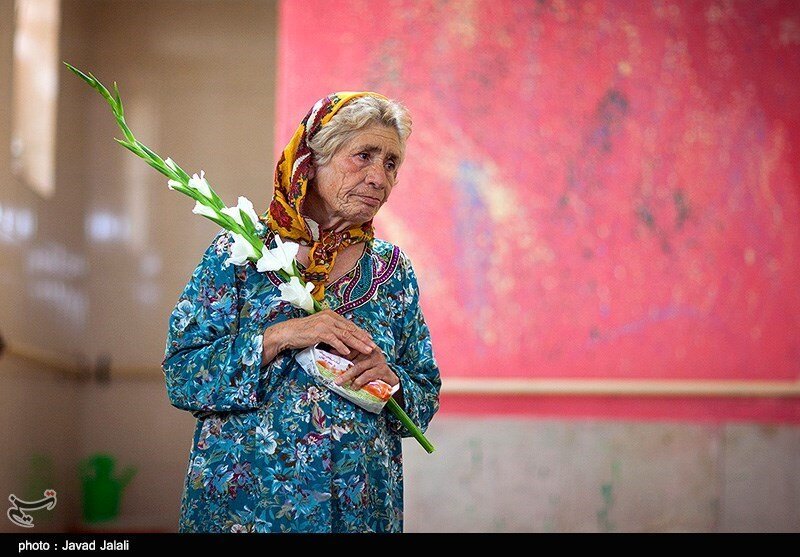Relief foundation supports 1.5m elderly

TEHRAN – The Imam Khomeini Relief Foundation has covered 1.5 million financially-struggling elderly in the country, the deputy head of the Foundation has announced.
Out of the total elderly under the foundation’s coverage, 628,000 live in urban areas and 927,000 live in rural areas, while 297 are nomads, IRNA quoted Hossein Khederveisi as saying on Monday.
Referring to 982,000 women and 574,000 men among the elderly under protection, he noted that one million people are between the ages of 60 and 74,439,000 people are aged 75 and 90 years old, and 45,000 people are above 90 years old.
Medical and health services, inpatient and paraclinical services, medicine and equipment, and insurance services are among the support provided by the Relief Foundation for the elderly, he said, adding, some 81,300 rare disease patients and 8,074 special diseases patients benefit from the services.
Providing the possibility of the continuous presence of the elderly in society and preservation of the position and status of the elderly in the family is the focus of the programs, he concluded.
Currently, the elderly population is 9.2 million, which constitutes 7.10 percent of the country's population.
Over the [Iranian calendar] year 1410 (March 2031-March 2032), the elderly population will reach 13.5 million people, which is 14 percent of the country’s population, and Iran will officially be an old country.
National Document for the Elderly
The National Document for the Elderly will come into force in the next [Iranian calendar] year (March 2023-March 2024), Hesamoddin Allameh, head of the secretariat of the National Council of the Elderly, has announced.
The Document thoroughly focuses on various aspects of the elderly’s lives by meeting six prime objectives of income and livelihood, health, training, and employment, building an empowering environment, promoting the cultural level of society in the field of aging, and developing the infrastructure required for aging, he explained.
According to this document, it is necessary to see the duties of the devices in relation to aging in future budgets.
The 2011 census observed a significant demographic change in the elderly population of Iran (the percentage of the elderly population increased from 7.27 to 8.20 percent from 2006 to 2011, and to 8.65 percent in 2016). The aging population is predicted to rise to 10.5 percent in 2025 and to 21.7 percent in 2050.
FB/MG
